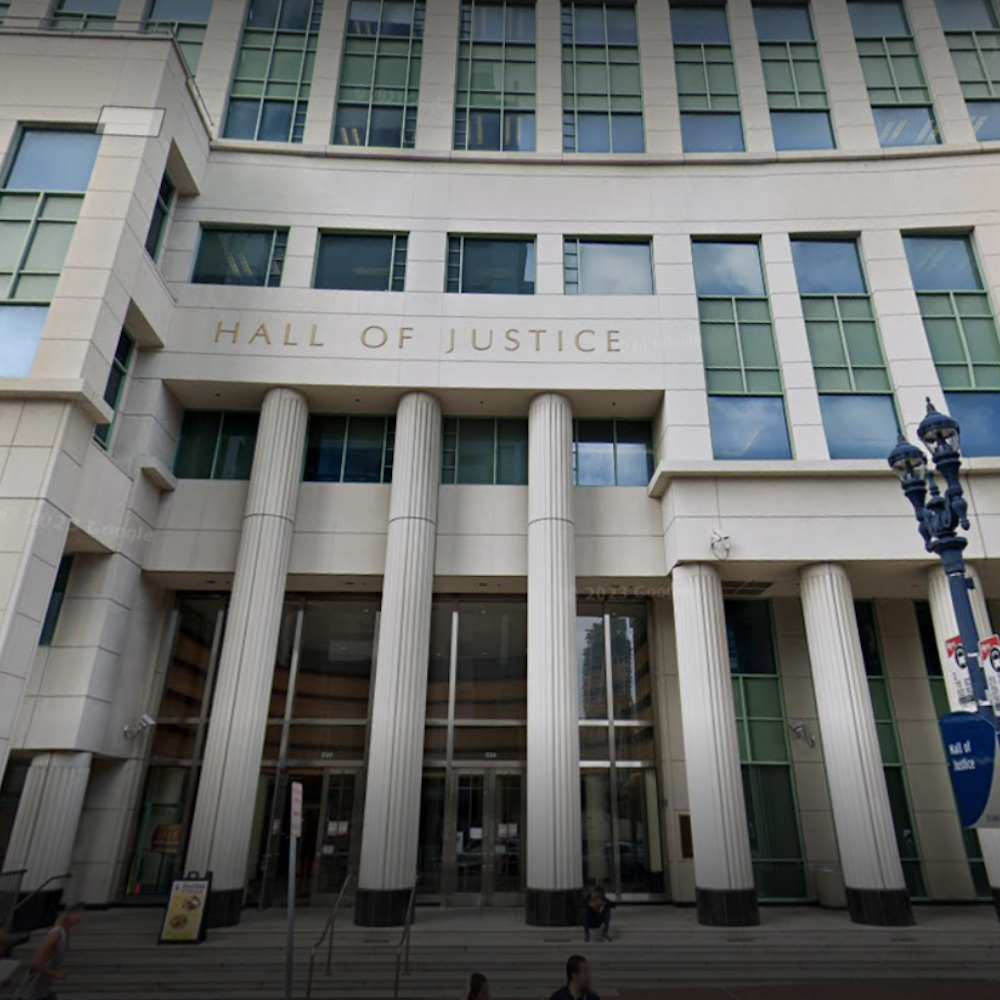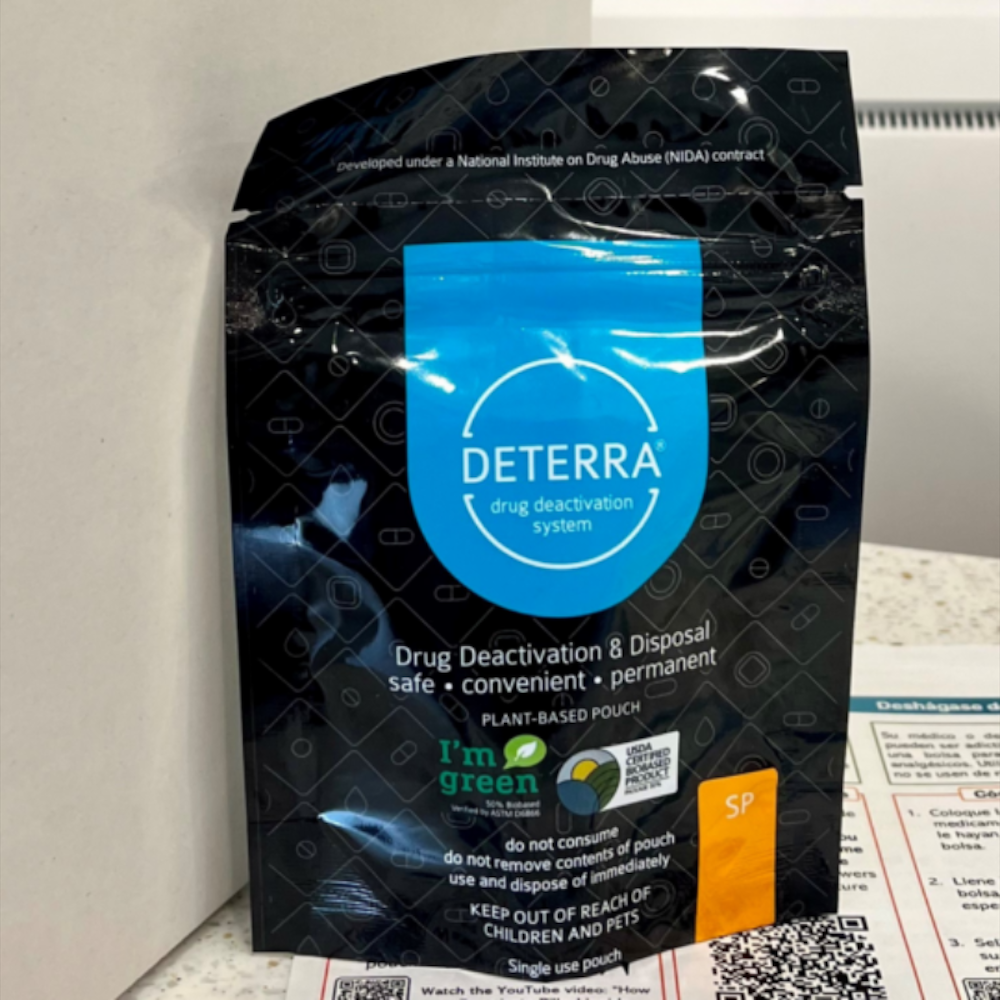
Electric shuttles and heightened vigilance are the latest moves the Metropolitan Transit Authority of Harris County is making to rejuvenate public interest in Houston's public transportation. Under the guidance of the Metro’s new board chairperson, Elizabeth Gonzalez Brock, appointed by Houston Mayor John Whitmire in February, the agency is reimagining how residents maneuver through the expansive and diverse landscape of Houston's transit needs. Brock, an advocate for smaller vehicles and rideshare initiatives, is steering Metro toward a future where residents opt for public transport not out of necessity, but by choice.
Brock's emphasis on improving public perception and safety on buses and trains is critical, “I believe, regardless of what the data says, that if people don’t feel safe, the perception is there that they’re not safe, then they won’t ride the bus,” reported Houston Landing. This has led to a proposal for an expanded Metro Police Department presence across the transit system. Meanwhile, the Metro’s interest in "microtransit" rides is an another angle being explored, aiming to connect underserved neighborhoods via small, on-demand electric vehicles through a partnership with the nonprofit Evolve Houston.
Microtransit currently averages about 2,000 monthly trips in the targeted communities, ferrying around 2,500 passengers within the zones of Second Ward and Third Ward, disclosed Metro officials, with some trips declining based on high demand. These trips, working on the backbone of Evolve Houston's RYDE program, highlight a pivot from grand, high-budget projects to a more granular focus on nudging Houstonians towards public transport for their neighborhood-centric commutes. According to a report by Houston Chronicle, Metro is prepared to continue funding the electric shuttle initiative beyond the July 31 expiration of its initial city funding, investing $216,000 to keep the wheels turning.
In attempting to bolster ridership, Metro has additionally commenced funding expansions for similar services, like the agency’s “curb2curb” on-demand shuttle, and assessing fresh partnerships, such as the contemplated bike share program, albeit with an undisclosed launch date. Enhancements to technology are also high on Brock's agenda, with an objective for better transit planning customer-facing apps and improved data analytics backing service projections. "We want customers who are choosing to ride Metro, and we don’t charge very much," interim President and CEO Tom Jasien remarked, regarding the intended approach to provide affordable and seamless travel options, as conveyed by Houston Landing.
Acknowledging the everyday struggles of commuters, such as Cora Johnson who contends with an arduous booking system for her son's school commute, Brock insists on a strategy that addresses the "first-mile-last-mile" challenges while presenting Metro as a desirable alternative to personal vehicles.









